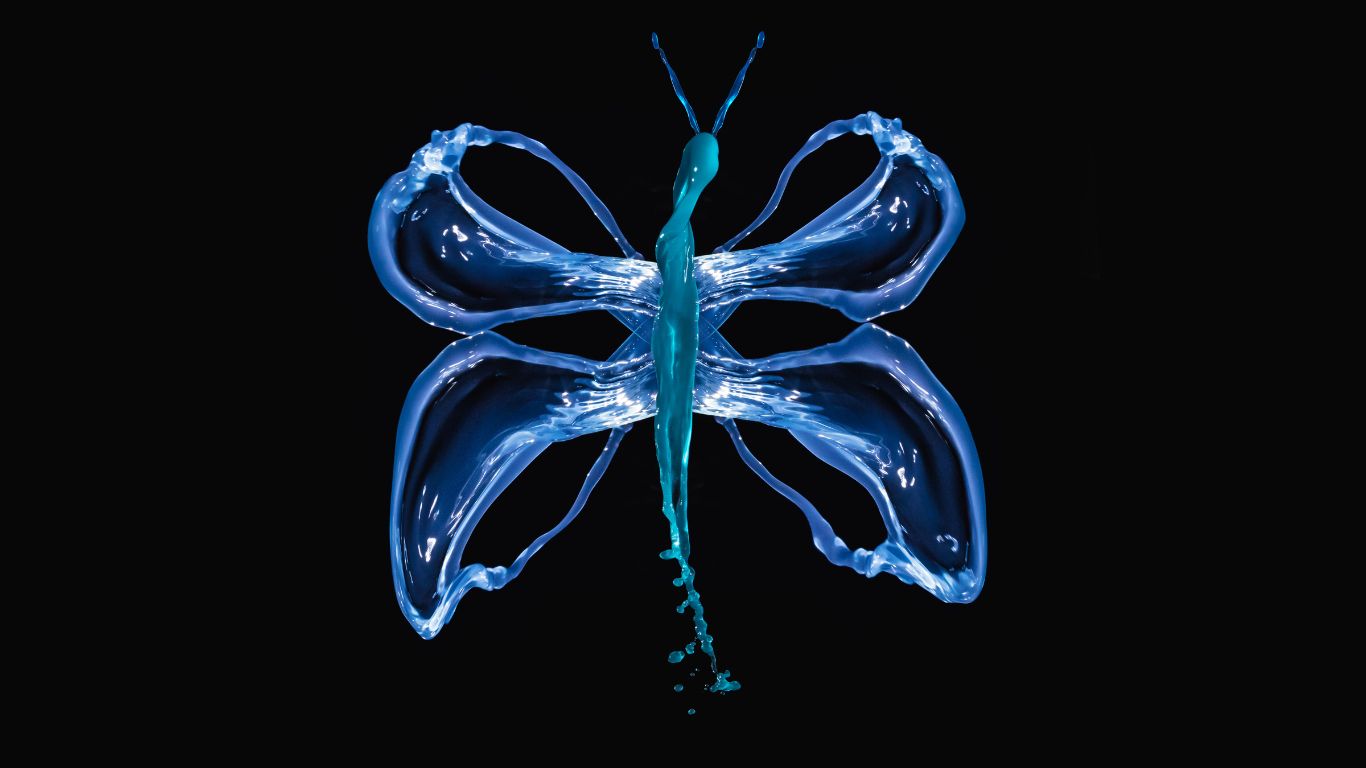
Butterflies have always fascinated people with their delicate beauty and graceful flight. Among these enchanting creatures, some stand out due to their shimmering, metallic-like wings. These “stellar blade like butterflies” captivate observers with colors that seem to change when viewed from different angles. This article explores the science behind their iridescence, highlights notable species, and discusses their habitats and behaviors.
Understanding Iridescence in Butterflies
Iridescence refers to the phenomenon where an object’s color appears to change based on the angle of observation or illumination. In butterflies, this effect is not due to pigments but results from the microscopic structure of their wing scales. These scales have multiple layers that interfere with light, causing certain wavelengths to amplify and produce vibrant, shifting colors. This structural coloration creates the dazzling, metallic sheen observed in many butterfly species.
Notable Iridescent Butterfly Species
Several butterfly species exhibit remarkable iridescence. One of the most famous is the Morpho butterfly, native to Central and South America. Morphos are renowned for their bright blue, metallic wings, which can reach up to 8 inches in wingspan. The vivid blue coloration is due to microscopic ridges on their wing scales that reflect light in a specific way.
Another striking example is the Emerald Swallowtail, found in Southeast Asia. This butterfly’s wings sparkle with iridescent green scales, making it a standout in its native habitats. With a wingspan of up to 4 inches, the Emerald Swallowtail is known for its fast and erratic flight, often seen darting through forests.
The Purple Emperor butterfly, admired for its iridescent purple wings that shimmer in sunlight, is another notable species. Males exhibit a more pronounced purple sheen than females. The wingspan ranges from 3.0 to 3.5 inches, making it a medium-sized butterfly. The striking iridescence is most visible when viewed from certain angles.
Habitats and Behaviors
Iridescent butterflies are typically found in tropical and subtropical regions, where dense forests provide the ideal environment for their survival. For instance, Morpho butterflies inhabit the rainforests of Central and South America, often seen gliding along forest edges and clearings. Their bright coloration serves multiple purposes, including attracting mates and deterring predators. The reflective properties of their wings can confuse predators, making it difficult to track their movements.
The Emerald Swallowtail prefers the dense forests of Southeast Asia, where it can be observed flitting rapidly among the trees. Its iridescent green wings provide camouflage against the lush foliage, offering protection from potential threats.
The Purple Emperor butterfly is commonly found throughout Europe and temperate regions of Asia. It favors open woodlands, gardens, and meadows. During the colder months, Purple Emperor butterflies hibernate in dark, sheltered places such as hollow trees, sheds, and even attics.
The Role of Iridescence in Survival
The shimmering colors of these butterflies are not merely for show; they play a crucial role in survival. The iridescent wings can startle or confuse predators, such as birds, by reflecting sudden flashes of light, allowing the butterfly to escape. Additionally, the changing colors can make it challenging for predators to focus on the butterfly’s exact location, providing an added layer of defense.
Conservation and Threats
Despite their beauty, many iridescent butterfly species face threats from habitat loss, climate change, and pollution. Deforestation in tropical regions reduces the available habitat for species like the Morpho butterfly. Climate change can alter the delicate balance of their ecosystems, affecting food availability and breeding patterns. Pollution, particularly pesticides, can harm both adult butterflies and their caterpillars.
Conservation efforts are essential to protect these dazzling creatures. Establishing protected areas, promoting sustainable forestry practices, and reducing pesticide use can help preserve their habitats. Public education and involvement in butterfly conservation projects can also make a significant difference.
FAQ
Q1: What does “stellar blade like butterflies” mean?
A1: It refers to butterflies with iridescent, shimmering wings that resemble metallic blades or celestial light, changing colors depending on the angle of view.
Q2: Why do some butterflies have iridescent wings?
A2: Their wings have microscopic structures that reflect and scatter light, creating a metallic sheen rather than relying on pigments for color.
Q3: Which butterflies are known for their iridescence?
A3: Notable examples include the Morpho butterfly (blue iridescence), Emerald Swallowtail (green iridescence), and Purple Emperor (purple iridescence).
Q4: Where are iridescent butterflies commonly found?
A4: They thrive in tropical and subtropical forests, woodlands, and meadows, with species distributed across South America, Asia, and Europe.
Q5: How does iridescence help butterflies survive?
A5: Stellar blade like butterflies can startle predators, create optical illusions that make them harder to track, and help attract mates.
Q6: Are iridescent butterflies endangered?
A6: Some species face threats due to habitat destruction, climate change, and pollution, making conservation efforts essential for their survival.
Q7: How can we help protect these butterflies?
A7: Supporting habitat conservation, reducing pesticide use, and participating in butterfly preservation projects can aid their survival.










